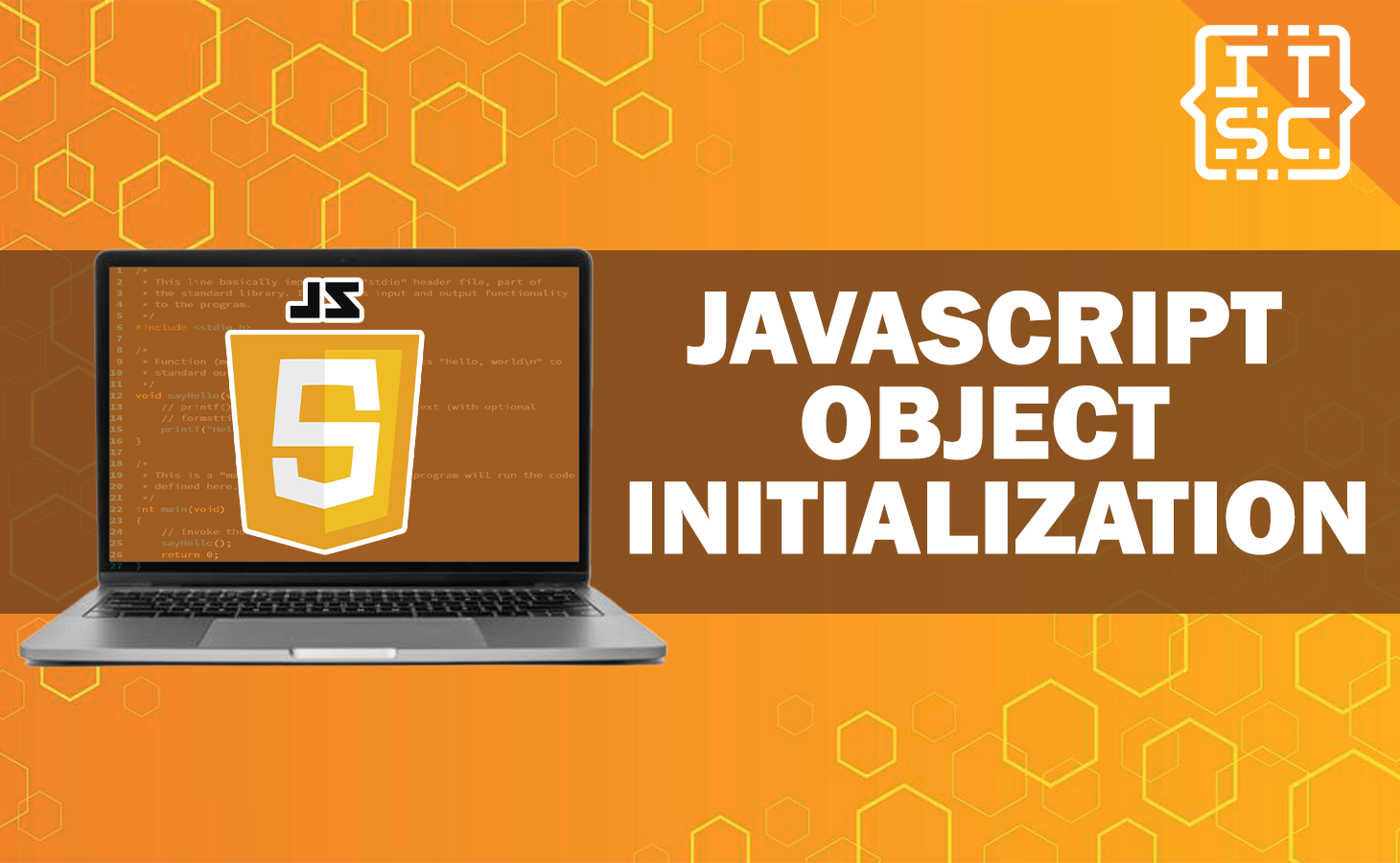In this article, you are going to learn JavaScript object initialization, covering different methods, and best practices, and answering common questions along the way.
JavaScript, the backbone of web development, allows websites with interactivity and dynamic features.
Among its essential aspects, object initialization stands out as a fundamental concept that developers must understand.
What is JavaScript Object Initialization?
Object initialization is the process of creating and setting up objects in JavaScript.
Objects are instances of classes or prototypes, encapsulating data and functionality.
Let’s discuss the basic steps involved in initializing a JavaScript object:
Creating Objects Using Object Literals
Object literals provide a genuine method to create and initialize objects in JavaScript.
This method involves defining key-value pairs within curly braces.
Here’s an example code:
const employee = {
firstName: "Robert",
lastName: "Smith",
age: 21,
getInfo() {
return `I am ${this.firstName} ${this.lastName}, ${this.age} years of age`;
}
};
const employeeInfo = employee.getInfo();
console.log(employeeInfo);
Output:
I am Robert Smith, 21 years of ageConstructor Functions and the “new” Keyword
Constructor functions allow us to create object templates. Using the “new” keyword, we can create objects based on these templates.
For example:
function carType(manufacturer, model) {
this.manufacturer = manufacturer;
this.model = model;
this.getInfo = function() {
return `${this.manufacturer} ${this.model}`;
};
}
const carProttype = new carType("Isuzu", "F-Series");
console.log(carProttype)Object.create() Method
The Object.create() method allows object creation with a specified prototype object:
const parentObjectSample = {
message() {
return "Hello from the itsourcecode!";
}
};
const childObjectResult = Object.create(parentObjectSample);
console.log(childObjectResult.message());
Output:
Hello from the itsourcecode!Advanced Methods in Object Initialization
As you become more proficient in JavaScript, you will encounter advanced methods for object initialization that provide improved flexibility and control.
Constructor Prototypes and Inheritance
Utilizing prototypes and constructor functions allows efficient passing and avoids duplicate functions in scenarios:
function AnimalSample(speciesValue) {
this.speciesValue = speciesValue;
console.log("AnimalSample constructor");
}
AnimalSample.prototype.getSpecies = function() {
return this.speciesValue;
};
function Cat(speciesValue, breed) {
AnimalSample.call(this, speciesValue);
this.breed = breed;
console.log("Cat constructor");
}
Cat.prototype = Object.create(AnimalSample.prototype);
Cat.prototype.constructor = Cat;
// Create an instance of Cat
const myCat = new Cat("Felis catus", "Siamese");
// Access methods and properties
console.log("Species:", myCat.getSpecies());
console.log("Breed:", myCat.breed);
Output:
AnimalSample constructor
Cat constructor
Species: Felis catus
Breed: SiameseFactory Functions
Factory functions provide an action to create and initialize objects with encapsulated logic.
Here’s an example code:
function createPeople(fullname, age) {
return {
fullname,
age,
greet() {
return `Hello, my name is ${this.fullname} and I'm ${this.age} years old.`;
}
};
}
const person = createPeople("Caren Lovero", 27);
console.log(person)Output:
{ fullname: 'Caren Lovero', age: 27, greet: [Function: greet] }ES6 Class Syntax
Introduced in ECMAScript 2015, the class syntax reduces object creation and inheritance:
Here’s an example code:
class ShapeFunction {
constructor(fullname) {
this.fullname = fullname;
}
getShapeInfo() {
return `This is a ${this.fullname}.`;
}
}
class Circle extends ShapeFunction {
constructor(radius) {
super("circle");
this.radius = radius;
}
}
const circle = new Circle(5);
console.log(circle.getShapeInfo());
Output:
This is a circle.FAQs
Object creation requires generating a new object, while object initialization involves setting initial values or properties for that object.
Yes, an object can be initialized without properties, but it may not have important functionality until properties are added.
Constructor functions are used to create object templates with shared methods, promoting effective memory usage.
The class syntax provides a more organized and spontaneous way to define object templates and manage an inheritance.
Conclusion
JavaScript object initialization is a foundation of effective programming in the language.
From the basics of creating objects to advanced methods using prototypes and classes, you now possess the knowledge to initialize objects with confidence.
Remember that selecting the right methods depends on your project’s requirements and your familiarity with the concepts.
With this article, you are well-equipped to excel in JavaScript object initialization and drive your web development projects forward.

